AVIATION
Types of braking system in airplane
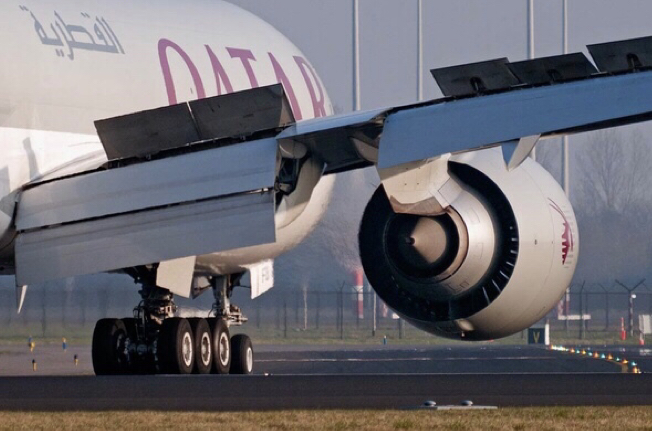
There are three types of brakes we have on most aircraft, and we use them at different times.
Airbrakes
Airbrakes are those square things you can see on top of the wings, and they fold up like that when you land (they’re usually sealed away). They work by pushing against the air (like how a parachute works by catching all that air, except we don’t need the full force of a parachute behind most planes).
Now you might say, “What about those rectangles on the bottom of the wing? Don’t they slow the plane down too?” Well those are called ‘flaps’ and although they might look like they slow the plane down, they actually push the air down instead of trying to catch and slow it. They do sort of slow the plane down too, but they are not a braking system (same thing with the wheels – they slow the plane down but obviously we don’t put the wheels down whenever we want to slow down).
If you look at the Boeing 777 above, you can see two thick airbrakes near the body of the plane and then three more further out on the other side of the engine. Although they all act as ‘airbrakes’, only the two thick ones are called air brakes. The others are called ‘spoilers’ and they are usually only half opened to slow the plane down a little bit (next time the pilot says “we’ll be starting our descent soon”, have a look and you might see them). This is done in the air, and when the plane touches the ground they open up fully.
There is square next to the flaps moving up and down in the wing of an airplane. It’s called a flaperon (or an inboard aileron) and you can see every time it moves up, the airbrakes kinda open but then they don’t. That’s called a spoiler roll (which is performed by – wait for it – roll spoilers) and I talked about it in Lachie Smith’s answer to How can the B2 bomber be flown without a vertical stabiliser (rudder)? if you’re interested.
Another thing about air brakes is that you’ll notice the airbrakes open at different times. This is to slow the plane gently instead of just fully throwing them all up. This lets the pilots have more time to softly put the nose down, and also means the main touch is softer (and makes people less scared, but that’s a story for another day).
Anyway, we’re onto a second braking system in airplanes.
Reverse thrust
Reverse thrust is – wait for it – when the direction the thrust is going gets – ready – reversed. They don’t tend to get too creative with naming in aviation.
This is done by having little panels slide in behind the engines, which forces the air to turn around. This, again, makes the plane slow down.
Reverse thrust is good, however, airbrakes are deployed a lot earlier than it. Both are still after the gear touches the ground, but the reverse thrust is usually after the front wheel touches.
Next, we have a braking system that isn’t actually used.
Ground (tyre) brakes
Ground brakes (formally called gear or tyre brakes) are probably the easiest to wrap your head around.
Essentially, they’re the same as the brakes in your car; they make it harder for the wheels to turn.
Gear brakes are usually not used in landing, as they can actually be damaged at high speeds
Gear brakes are instead used to slow the plane when it is taxiing, parking, or stopping at low speeds. Not only does this prevent the brakes from breaking (get it?), but airbrakes only work at high speeds and reverse thrust can actually destroy things like glass panels and airport workers (as well as using a lot of fuel and reducing the lifetime of the engine).
-
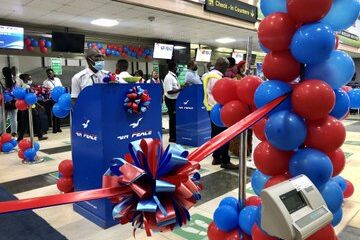
 AVIATION5 years ago
AVIATION5 years agoPhoto News: Air Peace commence flight operations to South Africa
-
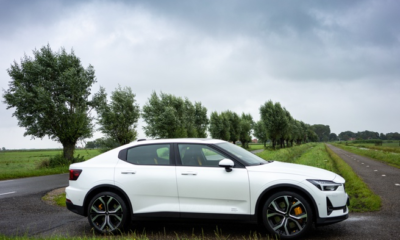
 Car News5 years ago
Car News5 years agoPolestar is recalls over 2000 electric cars due to software bug
-
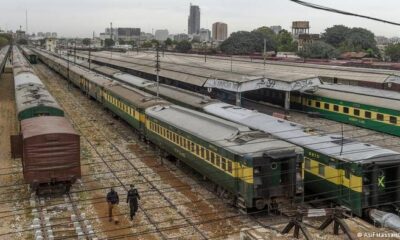
 RAIL5 years ago
RAIL5 years ago36 Killed in Pakistan Train Accident
-
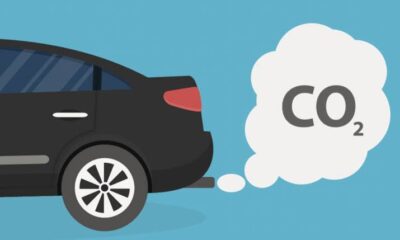
 Technology5 years ago
Technology5 years agoCommon mistakes in CO₂ emissions calculations
-

 Business5 years ago
Business5 years ago2016 Volvo XC60 review and specifications
-
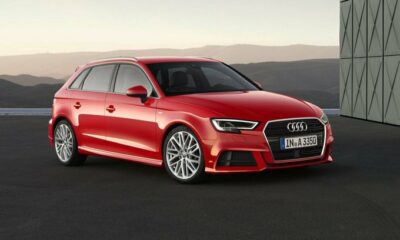
 Reviews5 years ago
Reviews5 years ago2021 Audi A6 Specifications and Review
-

 Reviews3 years ago
Reviews3 years agoDebutant Kia’s new K8 sedan benchmarks luxury, safety
-
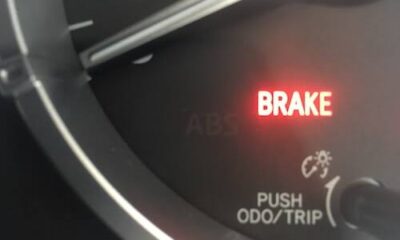
 SAFETY / CAR CARE5 years ago
SAFETY / CAR CARE5 years agoHandbrake warning light; what it means and what to do
